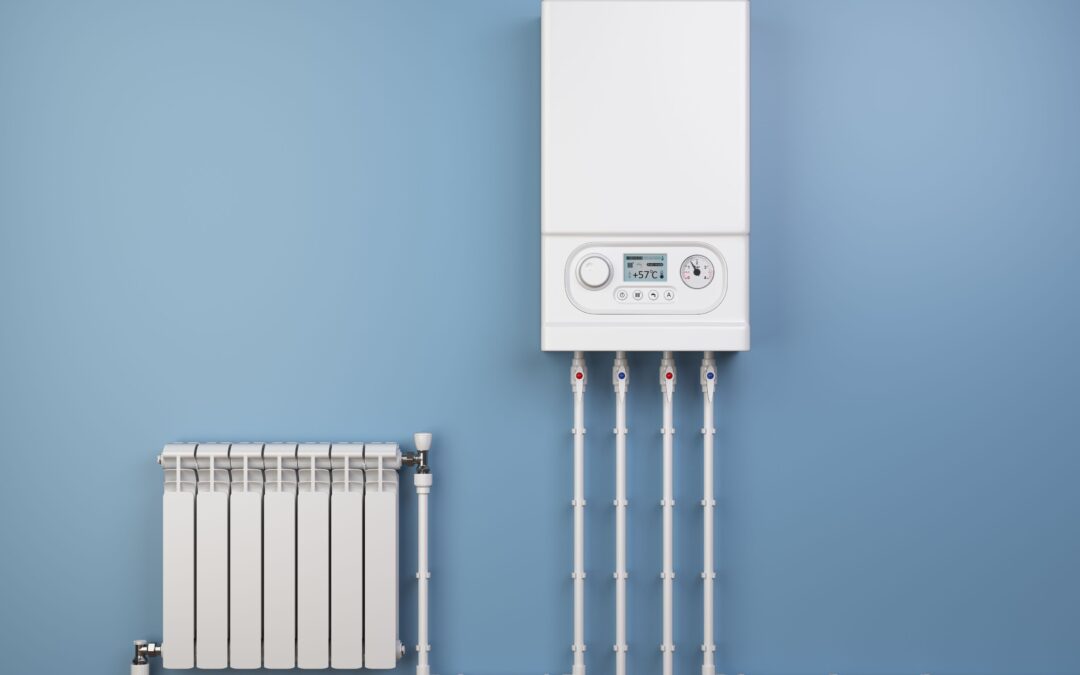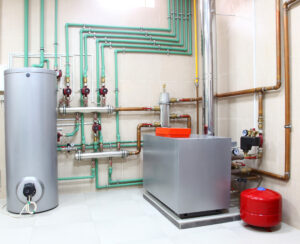How To Bleed Radiator
The radiator eliminates the engine’s extra heat. In addition to the radiator fan and a thermostat for controlling the coolant temperature, the radiator fan is an integral part of the engine’s cooling system. Radiator hoses convey coolant from the radiator to the engine, which it utilizes to cool the engine and return it to the radiator.
After the coolant has passed through the radiator, it circulates through the engine. The heat exchange cycle maintains optimal operating temperature and prevents engine overheating. A radiator may be safely and quickly bled using an easy process. It is what it comes down to; it means opening a tiny valve on your radiator to allow any trapped allowing for the release of trapped gas.
Steps on How To Bleed Radiator
For a quick cure, adhere to the steps outlined below:
Feel around the surface of your radiators for any chilly patches (without getting burned!). If any produce an unusual noise when heating up, have areas where heat does not reach, or a radiator is cold at the top, it is worth bleeding them to avoid skyrocketing energy bills. Everybody’s worst nightmare!
Therefore, once you’ve determined which radiators to bleed, turn off the heat. It’s pointless to be impatient and attempt to bleed radiators when they’re hot or cold – on the side of caution and give radiators ample time to cool down.
You may begin bleeding your radiators and clearing any air blockages in your boiler. We propose that you start at the bottom and work your way up—that is, start with the downstairs radiators and work your way up.
Before opening your radiator valves, ensure that your fantastic property is covered from any dirty radiator water spillages. Below the valve, place an old towel and a container to catch any liquids.
Remember
Remember that you should not open your radiator valve entirely or for an extended period – excessive water will flow out, and your boiler’s pressure may drop considerably. Crank the valve counterclockwise until you hear the hissing sound of the air escaping. Allow all trapped air to run until the sound ceases, and the valve begins to release a steady stream of water. It indicates that you have mastered the art of bleeding radiators and are ready to re-tighten your valve – congratulations!
To prevent rust from accumulating around your radiator valve, wipe away any excess moisture or condensation after you’re finished.
The third and last step in bleeding a radiator entails verifying that your efforts have been fruitful.
To begin with, check the pressure in your boiler. After you bleed a radiator, your pressure is typically lower. However, as a guide, it should be between 1.0 and 1.5 bars when turned off and roughly 2 bars when turned on.
Have you noticed that your pressure gauge has dipped too low? If this is the case, you may need to repressurize your boiler using a filling loop or call an engineer for assistance.
If the boiler pressure looks normal, it is time to do a ‘heat test‘. Restart your central heating system and examine your radiators. If all goes well, there should be no further cold patches, which means you and your family can enjoy the full benefits of a warm house while also saving money on your energy costs – a win-win situation.
For a more complex task, call a professional boiler services company.



Recent Comments